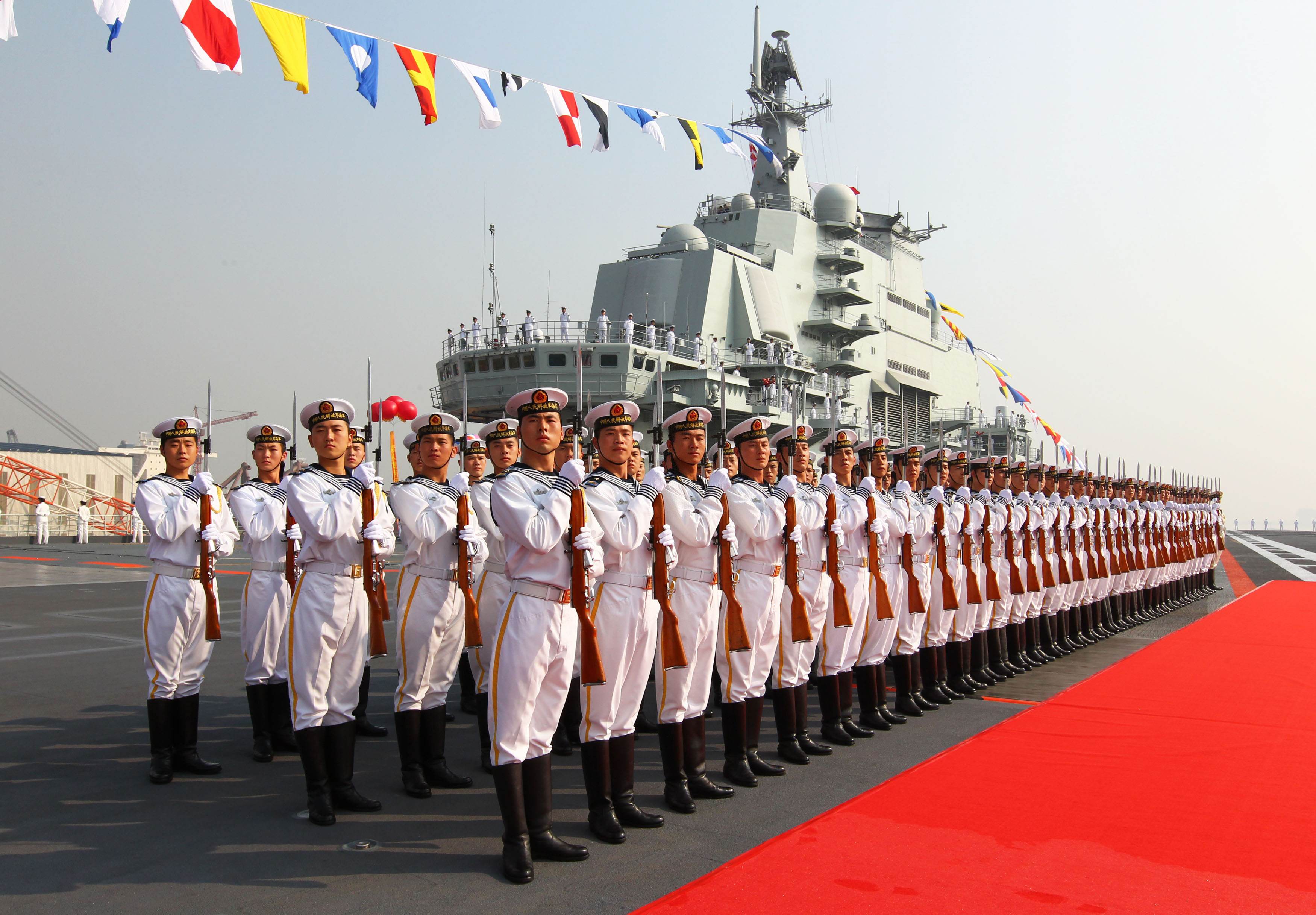
The Future Chinese Carrier Force
China’s acquisition of its first operational aircraft carrier, the Liaoning, has generated headlines of late. Those reports have included questions…
Copyright 2024 U.S. Naval Institute. All Rights Reserved.